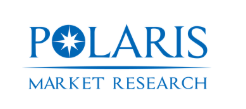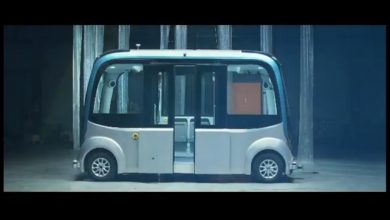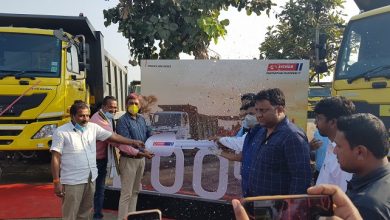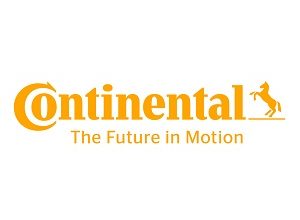ADAS calibrations conducted in poorly controlled environments could drive up costs for insurance companies, advises ADAS expert
Static calibrations should be conducted with OEM equipment under tightly controlled conditions, not on the fly in unlevel parking lots, writes Jason Bigelow of Advanced ADAS Calibration Centers

Insurers should be concerned about the growth of aftermarket companies that conduct calibrations of Advanced Driver Assistance Systems (ADAS) in poorly controlled environments, writes Jason Bigelow, founder of Advanced ADAS Calibration Centers, in the December issue of Body Shop Business magazine.
Specifically, the veteran automotive technician cites the growth of so-called “mobile” ADAS companies that rely on portable, aftermarket equipment. “At our shop, we are being asked more and more frequently to redo ADAS calibrations that were conducted improperly by aftermarket, ‘mobile’ operators,” Bigelow writes in the opinion piece. Bigelow’s business serves the ADAS needs of insurers, body shops, auto dealers and consumers from its facilities in Keyport and Old Bridge
To be sure, some manufacturers include roadway testing as part of their recommended calibration protocols. However, that’s a far cry from operators using aftermarket equipment to run static tests in poorly controlled locations, he argues. “What we’re seeing in New Jersey looks something like this: The operator finds a random parking lot, pulls a targeting system out of the back of his or her vehicle and conducts the calibration,” Bigelow writes.
Advanced’s Keyport location sets aside about 900 square feet just to store OEM targets. By contrast, “in the aftermarket space, operators use and reuse supposedly ‘universal’ targets for multiple manufacturers,” Bigelow notes, “… ADAS requires far more precision than that.”
The right approach is to protect calibration areas from exterior light sources such as sunlight streaming in through windows. On one wall at Bigelow’s shop, for instance, eight different light switches are used just to control shadows. “You’ll even see two light fixtures installed right next to each other—one LED, the other fluorescent—so that we can use the right light source, per the manufacturer’s specifications,” Bigelow notes.
The shop also has perfectly level floors, with nonreflective paint on many surfaces, and technicians are trained to maintain cleanroom-like conditions to avoid interference that could cause miscalibrations.
As Bigelow sees it, a key point for insurers is to understand the consequences of poorly conducted calibrations. “To use a simplified example, let’s say the system sees 50 feet down the roadway,” he writes. “When you multiply even a tiny miscalibration by that total distance, you end up with a significant chance of that system failing to perform as intended.”
Quite literally, the car could fail to brake in time as a direct result of that faulty calibration. “Doing it right the first time needs to be the top priority, because the only way to calibrate a misaligned system is to do a teardown,” Bigelow adds. “You take the bumper off of that car or disassemble that camera to inspect the mounting surface—and do the calibration all over again.”
The best way to control severity, in other words, is to control the testing and calibration environment, he contends. Otherwise, what should have been a $300 calibration can turn into a $600 total cost—the $300 miscalibration, plus another $300 recalibration needed to true-up the system.
In the conclusion to the piece, Bigelow concedes that running “mobile ADAS” crews on New Jersey roads could be profitable, even for his business. “But I have chosen to stick with OEM targeting in a tightly controlled environment staffed by committed, highly trained technicians,” he writes. “Having conducted more than 1,500 calibrations at this point, I am convinced that this is the only way for the industry to keep moving forward amid the tech-driven transformation of modern vehicles.”





